The path of creation is often as challenging as it is rewarding, and it seems the crossroads have emerged once again. The familiar tango of writing and editing entangles every storyteller, the dance steps intricate and precise, yet potentially disruptive to the natural flow of your narrative. It’s a common plight, one that demands a delicate balance between creativity and critique.
The critic, that vigilant guardian perched upon your shoulder, whispers insistently. Its role is crucial, yet its voice can stifle the very creativity it seeks to perfect. The proposed solution is simple yet profound: make a pact with your creative self. Allow the words to flow uninterrupted, setting aside a dedicated 15-minute interval each hour for editorial reflection. This balance could be the key to sustaining your creative momentum while honoring the necessity of refinement.
Imagine sitting at your writing desk, the familiar scent of paper and ink mingling with the soft hum of your computer. Outside, the world continues its unceasing rhythm, yet within your creative sanctuary, time bends and stretches at your will. The words pour forth, raw and unfiltered, a stream of consciousness that captures the essence of your story. The critic remains silent, content to bide its time.
As the hour progresses, a gentle chime signals the arrival of the editorial interval. The critic awakens, eyes sharp and discerning. For 15 minutes, the focus shifts from creation to correction, from the heart to the mind. It’s a dance of balance, a rhythm that harmonizes the chaotic beauty of creativity with the structured precision of editing. This duality fosters an authentic and polished narrative, a true reflection of the writer’s vision.
The sensory richness of the environment plays a pivotal role in this process. The soft rustle of leaves outside the window, the distant murmur of traffic, the comforting weight of a favorite blanket draped over the shoulders—these sensory details ground the writer in the present moment, anchoring the abstract in the tangible. They serve as a reminder that the act of creation is not just an intellectual pursuit but a deeply embodied experience.
Human interactions, too, infuse the narrative with authenticity. A conversation with a loved one, a fleeting exchange with a stranger, the silent companionship of a pet—these moments weave their way into the fabric of the story, lending it a depth and relatability that resonates with readers. The writer’s introspection, shaped by these interactions, adds layers of emotional nuance, transforming the narrative into a tapestry of lived experiences.
Humor and irony subtly enrich the storytelling, offering moments of levity amidst the weight of creation. A misplaced comma, a humorous typo, the absurdity of writer’s block—all become fodder for reflection and amusement. These instances of lightness provide a counterbalance to the intensity of the creative process, reminding the writer that perfection is an illusion and that the journey itself holds value.
This rhythm, this dance of creation and critique, fosters an alive and dynamic narrative. It invites the reader to engage deeply with the events and their implications, to feel the ebb and flow of the writer’s journey. The story becomes more than a collection of words; it becomes a shared experience, a bridge between writer and reader.
In this delicate balance lies the essence of storytelling. By embracing both the unrestrained flow of creativity and the disciplined focus of editing, writers can craft evocative and precise narratives. They can navigate the path of creation with grace, honoring the dual roles of creator and critic.
We Don’t Want to Write the Laws; We Want to Publish the Books
We Believe in the Power of Authors Short Video: https://bit.ly/45z6mvf
Writers Reshape the World Short Video: https://bit.ly/47glKOg
Bringing Your Book to Market Booklet: https://bit.ly/2ymDVXx
Bringing Your Book to Market Short Video: https://bit.ly/3Q3g2JD



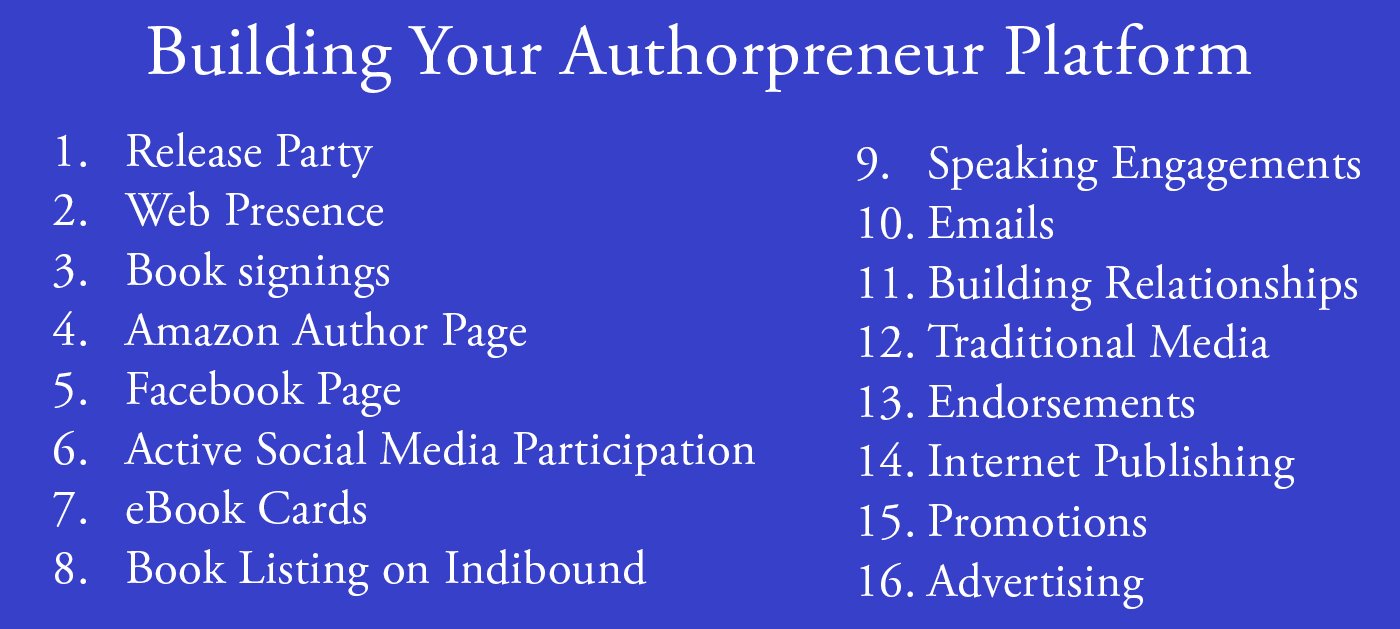
 This is Publication Consultants’ motivation for constantly striving to assist authors sell and market their books. Author Campaign Method (ACM) of sales and marketing is Publication Consultants’ plan to accomplish this so that our authors’ books have a reasonable opportunity for success. We know the difference between motion and direction. ACM is direction! ACM is the process for authorpreneurs who are serious about bringing their books to market. ACM is a boon for them.
This is Publication Consultants’ motivation for constantly striving to assist authors sell and market their books. Author Campaign Method (ACM) of sales and marketing is Publication Consultants’ plan to accomplish this so that our authors’ books have a reasonable opportunity for success. We know the difference between motion and direction. ACM is direction! ACM is the process for authorpreneurs who are serious about bringing their books to market. ACM is a boon for them. Release Party
Release Party Web Presence
Web Presence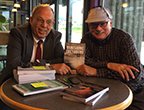 Book Signings
Book Signings Facebook Profile and Facebook Page
Facebook Profile and Facebook Page Active Social Media Participation
Active Social Media Participation Ebook Cards
Ebook Cards The Great Alaska Book Fair: October 8, 2016
The Great Alaska Book Fair: October 8, 2016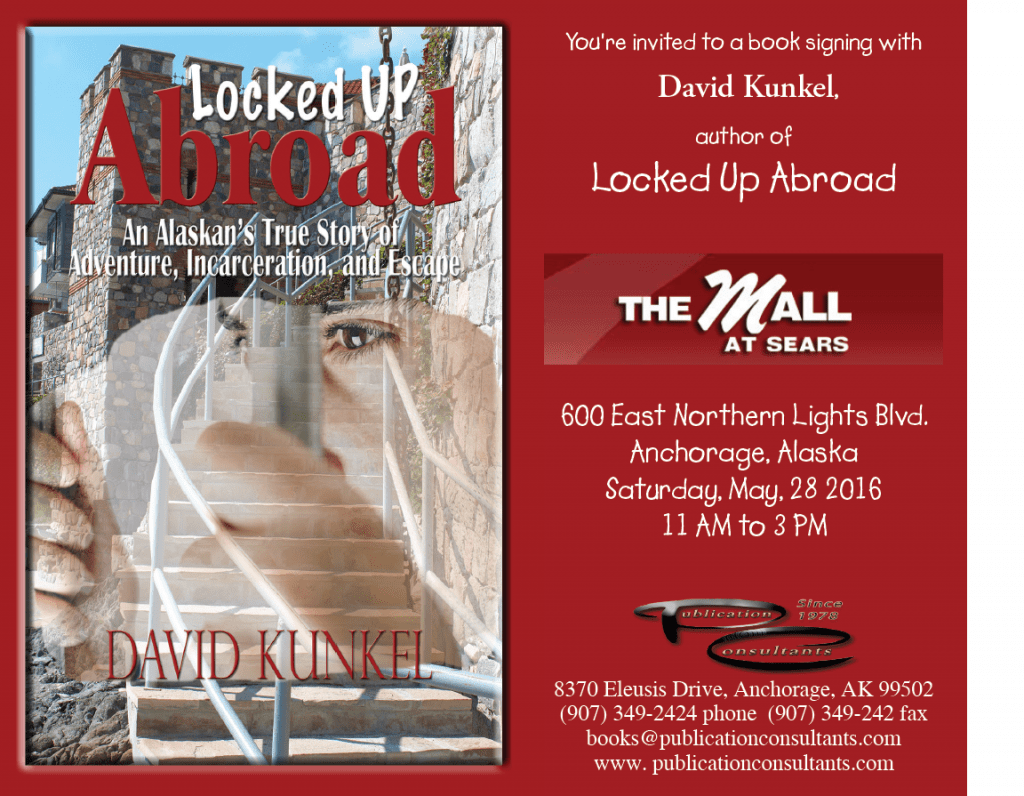


 Costco Book Signings
Costco Book Signings eBook Cards
eBook Cards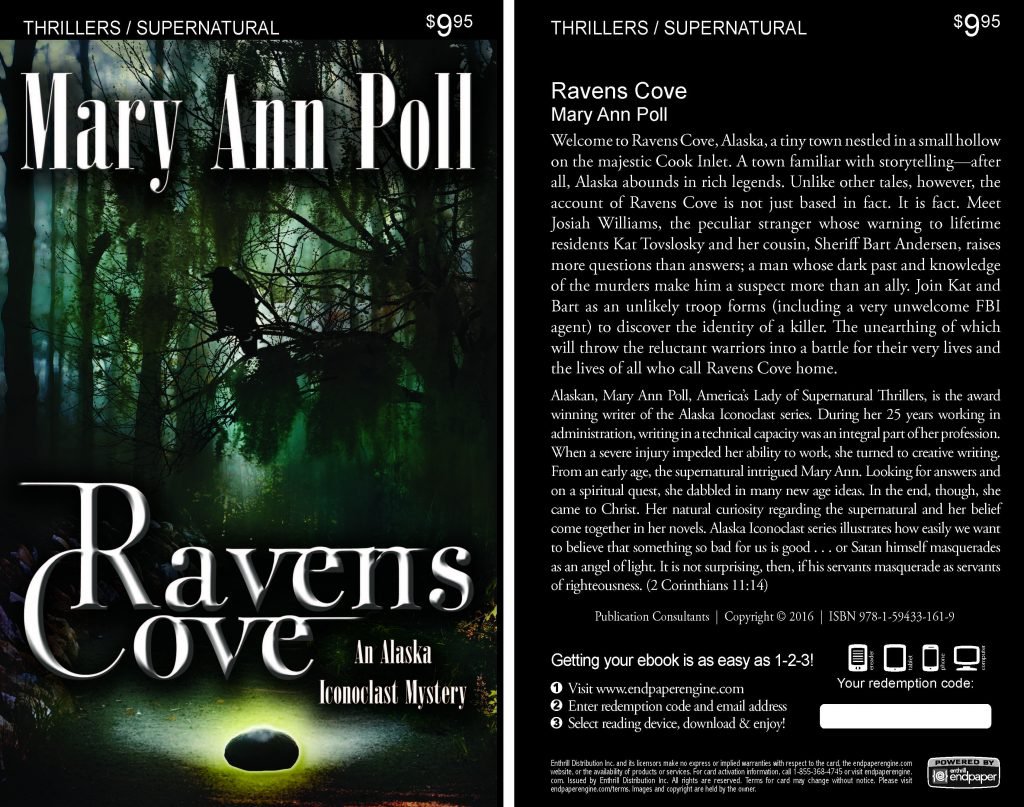

 Benjamin Franklin Award
Benjamin Franklin Award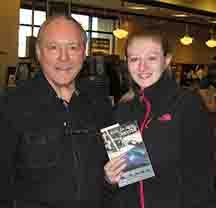 Jim Misko Book Signing at Barnes and Noble
Jim Misko Book Signing at Barnes and Noble
 Cortex is for serious authors and will probably not be of interest to hobbyists. We recorded our Cortex training and information meeting. If you’re a serious author, and did not attend the meeting, and would like to review the training information, kindly let us know. Authors are required to have a Facebook author page to use Cortex.
Cortex is for serious authors and will probably not be of interest to hobbyists. We recorded our Cortex training and information meeting. If you’re a serious author, and did not attend the meeting, and would like to review the training information, kindly let us know. Authors are required to have a Facebook author page to use Cortex. Correction:
Correction: This is Publication Consultants’ motivation for constantly striving to assist authors sell and market their books. ACM is Publication Consultants’ plan to accomplish this so that our authors’ books have a reasonable opportunity for success. We know the difference between motion and direction. ACM is direction! ACM is the process for authors who are serious about bringing their books to market. ACM is a boon for serious authors, but a burden for hobbyist. We don’t recommend ACM for hobbyists.
This is Publication Consultants’ motivation for constantly striving to assist authors sell and market their books. ACM is Publication Consultants’ plan to accomplish this so that our authors’ books have a reasonable opportunity for success. We know the difference between motion and direction. ACM is direction! ACM is the process for authors who are serious about bringing their books to market. ACM is a boon for serious authors, but a burden for hobbyist. We don’t recommend ACM for hobbyists.

 We’re the only publisher we know of that provides authors with book signing opportunities. Book signing are appropriate for hobbyist and essential for serious authors. To schedule a book signing kindly go to our website, <
We’re the only publisher we know of that provides authors with book signing opportunities. Book signing are appropriate for hobbyist and essential for serious authors. To schedule a book signing kindly go to our website, < We hear authors complain about all the personal stuff on Facebook. Most of these complaints are because the author doesn’t understand the difference difference between a Facebook profile and a Facebook page. Simply put, a profile is for personal things for friends and family; a page is for business. If your book is just a hobby, then it’s fine to have only a Facebook profile and make your posts for friends and family; however, if you’re serious about your writing, and it’s a business with you, or you want it to be business, then you need a Facebook page as an author. It’s simple to tell if it’s a page or a profile. A profile shows how many friends and a page shows how many likes. Here’s a link <> to a straight forward description on how to set up your author Facebook page.
We hear authors complain about all the personal stuff on Facebook. Most of these complaints are because the author doesn’t understand the difference difference between a Facebook profile and a Facebook page. Simply put, a profile is for personal things for friends and family; a page is for business. If your book is just a hobby, then it’s fine to have only a Facebook profile and make your posts for friends and family; however, if you’re serious about your writing, and it’s a business with you, or you want it to be business, then you need a Facebook page as an author. It’s simple to tell if it’s a page or a profile. A profile shows how many friends and a page shows how many likes. Here’s a link <> to a straight forward description on how to set up your author Facebook page.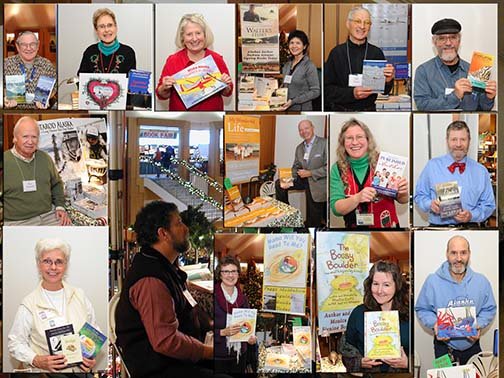



 Mosquito Books has a new location in the Anchorage international airport and is available for signings with 21 days notice. Jim Misko had a signing there yesterday. His signing report included these words, “Had the best day ever at the airport . . ..”
Mosquito Books has a new location in the Anchorage international airport and is available for signings with 21 days notice. Jim Misko had a signing there yesterday. His signing report included these words, “Had the best day ever at the airport . . ..”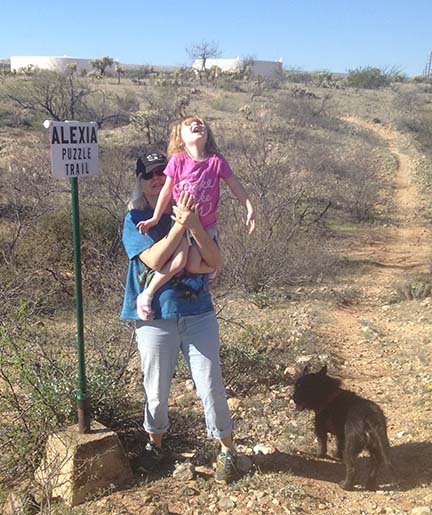


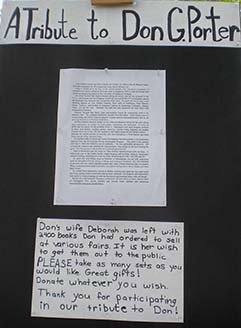
 The Lyin Kings: The Wannabe World Leaders
The Lyin Kings: The Wannabe World Leaders
 Time and Tide
Time and Tide


 ReadAlaska 2014
ReadAlaska 2014 Readerlink and Book Signings
Readerlink and Book Signings
 2014 Independent Publisher Book Awards Results
2014 Independent Publisher Book Awards Results

 Bonnye Matthews Radio Interview
Bonnye Matthews Radio Interview
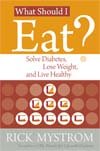 Rick Mystrom Radio Interview
Rick Mystrom Radio Interview When he published those overseas blogs as the book The Innocents Abroad, it would become a hit. But you couldn’t find it in bookstores.
When he published those overseas blogs as the book The Innocents Abroad, it would become a hit. But you couldn’t find it in bookstores. More NetGalley
More NetGalley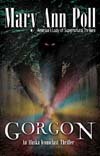 Mary Ann Poll
Mary Ann Poll
 Bumppo
Bumppo
 Computer Spell Checkers
Computer Spell Checkers Seven Things I Learned From a Foreign Email
Seven Things I Learned From a Foreign Email 2014 Spirit of Youth Awards
2014 Spirit of Youth Awards Book Signings
Book Signings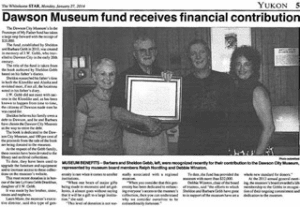
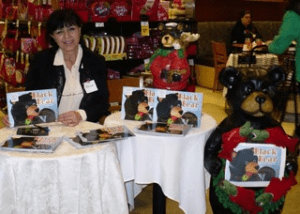
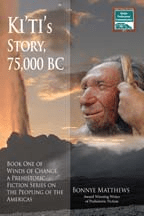
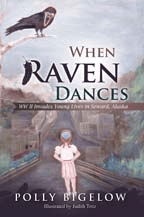 Blog Talk Radio
Blog Talk Radio Publication Consultants Blog
Publication Consultants Blog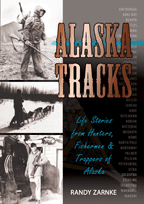 Book Signings
Book Signings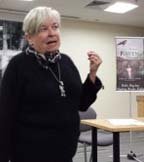
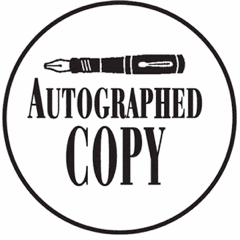
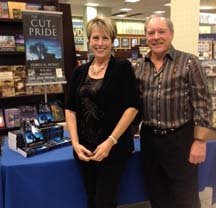

 Don and Lanna Langdok
Don and Lanna Langdok Ron Walden
Ron Walden Book Signings Are Fun
Book Signings Are Fun Release Party Video
Release Party Video
 Erin’s book,
Erin’s book,  Heather’s book,
Heather’s book,  New Books
New Books